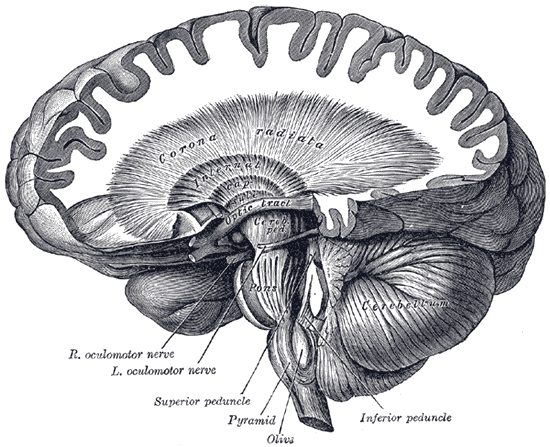Neuroferritinopathy

Neuroferritinopathy is a late-onset type of neurodegeneration with brain iron accumulation (NBIA; see this term) characterized by progressive chorea or dystonia and subtle cognitive deficits.
Epidemiology
Prevalence of neuroferritinopathy is unknown. To date fewer than 50 cases have been reported.
Clinical description
The disease presents typically in the fourth to sixth decades, although cases with symptoms in their late teens have been observed. Symptoms are restricted to the nervous system and include chorea, dystonia, bradykinesia, dystonic dysarthria, and Parkinsonian features. Choreiform movements tend to occur in the face, orolingual musculature and upper limbs and onset is usually asymmetrical. Dystonia can affect the face, tongue, arms and legs and onset is also usually asymmetrical. The majority of individuals develop a characteristic orofacial action-specific dystonia related to speech that leads to dysarthrophonia. Frontalis overactivity is common, as is orolingual dyskinesia. Cognitive deficits, behavioral issues and dysphagia can be a late feature.
Etiology
Neuroferritinopathy is caused by mutations in the ferritin light chain (FTL) gene (19q13.3-q13.4) and is inherited in an autosomal dominant manner with high penetrance.
Diagnostic methods
Diagnosis is based on clinical findings including adult-onset chorea or dystonia, low serum ferritin (typically 20 micrograms/L or less) and iron deposition in the basal ganglia shown on brain MRI. Molecular genetic testing is available on a limited basis.
Differential diagnosis
Differential diagnoses include Huntington disease and spinocerebellar ataxia type 17 (see these terms), although neither has the characteristic findings on neuroimaging; choreoacanthocytosis and McLeod neuroacanthocytosis syndrome (see these terms), although, unlike in these two diseases, the reflexes are preserved in neuroferritinopathy, and juvenile-onset Parkinson disease, aceruloplasminemia and Neimann-Pick type C (see these terms), although these disorders do not show the characteristic neuroimaging of neuroferritinopathy. The MRI findings are similar to those found in pantothenate kinase-associated neurodegeneration (PKAN; see this term). Individuals with neuroferritinopathy also show the 'eye of the tiger'' sign.
Antenatal diagnosis
Prenatal testing for pregnancies at increased risk may be available through laboratories offering prenatal testing if the disease-causing mutation in the family is known.
Management and treatment
Treatment is of the manifestations of the disease and includes levodopa, tetrabenazine, benzhexol, sulpiride, diazepam, clonezepam and deanol for the movement disorder and botulinum toxin for painful focal dystonia. Treatment also includes ensuring adequate caloric intake and physiotheraphy to maintain mobility. Iron supplements are not recommended.
Prognosis
The movement disorder is progressive, involving additional limbs in five to ten years and becoming more generalized within 20 years.